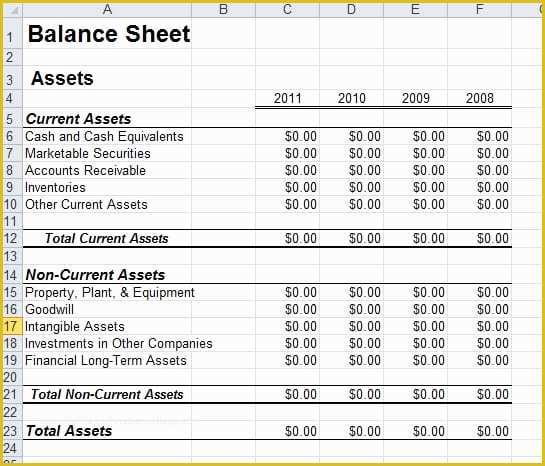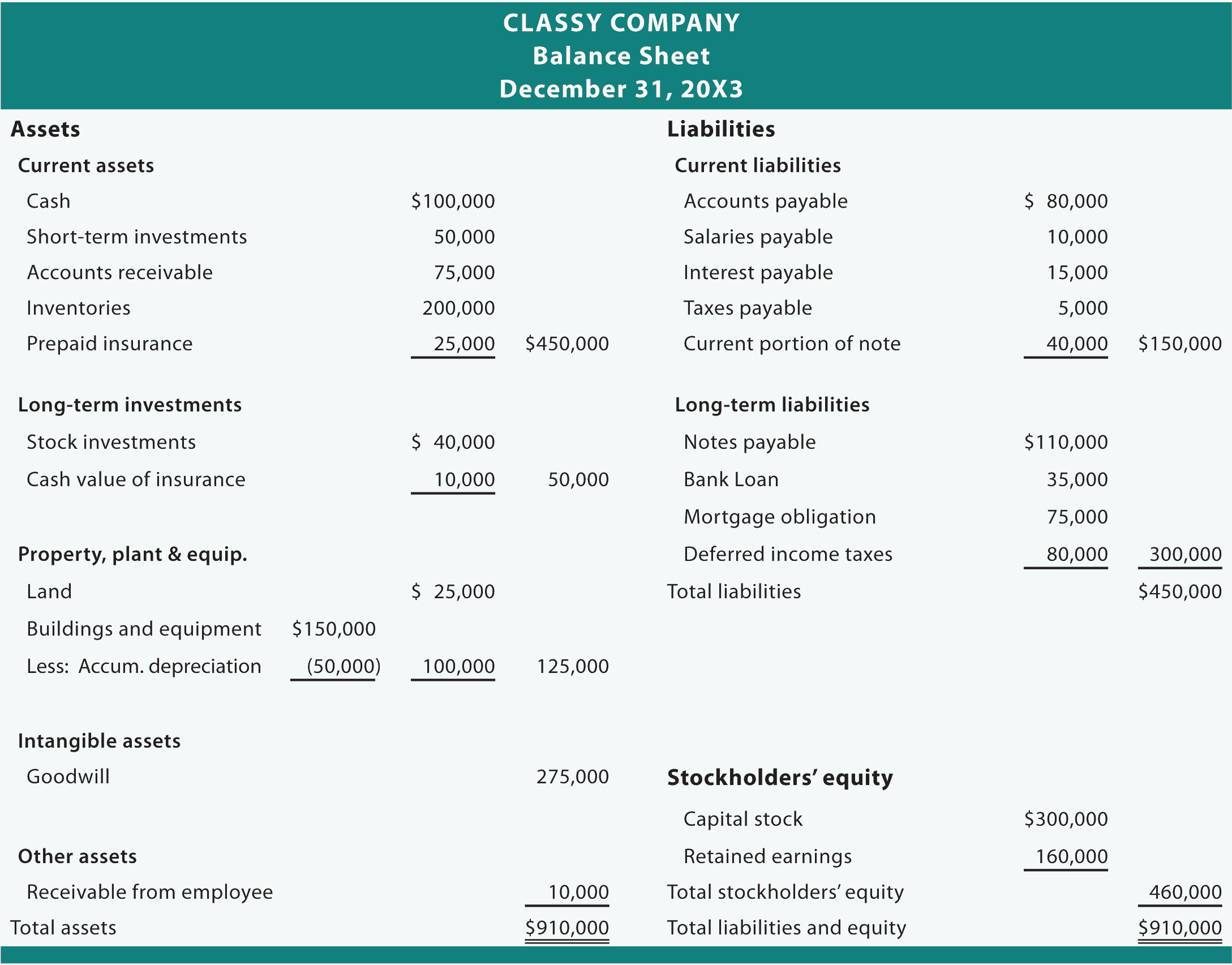
Current liabilities are due within one year and are listed in order of their due date. Long-term liabilities, on the other hand, are due at any point after one year. Noncurrent assets are long-term investments that the company does not expect to convert into cash within a year or have a lifespan of more than one year. For instance, if a company takes out a ten-year, $8,000 loan from a bank, the assets of the company will increase by $8,000. Its liabilities will also increase by $8,000, balancing the two sides of the accounting equation.
Frequently Asked Questions About Balance Sheets
Companies might choose to use a form of balance sheet known as the common size, which shows percentages along with the numerical values. As noted above, you can find information about assets, liabilities, and shareholder equity on a company’s balance sheet. This means that the balance sheet should always balance, hence the name. If they don’t balance, there may be some problems, including incorrect or misplaced data, inventory or exchange rate errors, or miscalculations. It is crucial to remember that some ratios will require information from more than one financial statement, such as from the income statement and the balance sheet. This article, co-written with Raphael Berguig, a chartered accountant and statutory auditor at Nexco, guides you through the process of drawing up this accounting document.
Shareholders’ Equity
Assets are everything that a business owns and can use to pay its debts. Shareholders’ equity is the difference between a company’s assets and liabilities. The Balance Sheet is one of the three financial statements businesses use to measure their financial performance. The other two are the Profit and Loss Statement and Cash Flow Statement. The Balance Sheet shows a company’s assets, liabilities, and shareholders’ equity.
Omission of Certain Intangible Assets
The reserves usually meet the expense of applications that have been registered but not yet paid. Balance sheet reserves are registered as liabilities on the balance sheet. As illustrated above, on the left side of the balance sheet format, all the assets are shown followed by the sub-components of assets. On the right side of the balance sheet format, liabilities followed with sub-components are displayed. This portion of the balance sheet represents the value of your owner’s interest in the company.
What is the approximate value of your cash savings and other investments?

You can also use your sub-ledgers, such as accounts receivables reports, accounts payables reports or even fixed asset transactions to ensure that your balance sheet is accurate. An unclassified balance sheet provides minimal information, only presenting totally balances for assets, liabilities, and owner’s equity. While classified balance sheets breakdown assets, liabilities, and owners’ equity into subcategories.
Key elements & components of a balance sheet
- One thing to note is that just like in the accounting equation, total assets equals total liabilities and equity.
- It is helpful for business owners to prepare and review balance sheets in order to assess the financial health of their companies.
- Public companies, on the other hand, are required to obtain external audits by public accountants, and must also ensure that their books are kept to a much higher standard.
- In a company’s balance sheet, the term owners’ equity is often replaced by the term stockholders’ equity.
It is a financial statement prepared by all types of businesses (sole proprietors, partners, enterprise, etc.) at a given date. The balance sheet represents the financial position of a business at any given point in time. It shows the company’s assets along with how they are financed, which may be by debt, equity, or a combination of both. In contrast, the income and cash flow statements reflect a company’s operations for its whole fiscal year—365 days. This practice is referred to as “averaging,” and involves taking the year-end (2023 and 2024) figures—let’s say for total assets—and adding them together, then dividing the total by two. This exercise gives us a rough but useful approximation of a balance sheet amount for the whole year 2024, which is what the income statement number, such as net income, represents.
It is also possible to grasp the information found in a balance sheet to calculate important company metrics, such as profitability, liquidity, and debt-to-equity ratio. When the balance sheet is prepared, the liabilities section is presented first and the owners’ equity section is presented later. Understanding the investment, financing and operating cycles is essential for assessing a company’s financial health. They shed light on the way it finances its investments and manages its day-to-day operations, aspects that are fundamental to financial strategy. To put it trivially, the further down you go in the list of uses, the quicker the money is available. For example, positive cash flow is available more quickly than fixed assets such as goodwill, for which you would have to wait to sell it to recover the money.
Explore our finance and accounting courses to find out how you can develop an intuitive knowledge of financial principles and statements to unlock critical insights into performance and potential. For example, even the balance sheet has such alternative names as a “statement of financial position” and “statement of condition.” Balance sheet accounts suffer from this same phenomenon. Fortunately, investors have easy access inventory accounting to extensive dictionaries of financial terminology to clarify an unfamiliar account entry. Investors, creditors, and internal management use the balance sheet to evaluate how the company is growing, financing its operations, and distributing to its owners. It will also show the if the company is funding its operations with profits or debt. Assets are what the company owns, while liabilities are what the company owes.